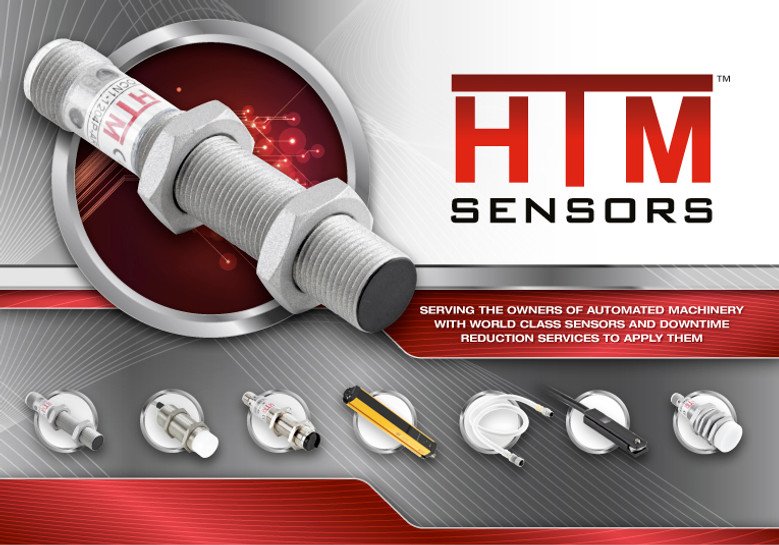Today’s industrial process monitoring requires both environmental awareness and process awareness to ensure optimum performance. Whether through use of a proximity sensor or proximity switch based on the process, these devices are the foundation of meeting environmental and process monitoring needs.
A proximity sensor shows that it is process aware when it is delivering regular sensor changes in a dynamic process because of actuator activity. In other words, you know that the sensor is working properly from cycle change to cycle change. While environmental awareness is also critical to the status of inductive proximity sensors for example, a host of different conditions can impact the sensor’s performance accuracy.
Sensor technology has moved far beyond the ability to detect metallic target objects. Today’s broad proximity switch choice can include abilities for handling simple diagnostic tasks that go to the heart of environmental self-awareness. Some sensors can detect short-circuits in their cables, sensor coil damage and target range reporting outside of specified parameters.
Automation systems for large-scale metalwork parts manufacturing are often complex systems that use the proximity sensor in various ways. These systems often use inductive proximity sensors with self-diagnostic capabilities made possible by additional output monitoring control. These Dynamic Sensor Control (DSC) sensor devices deliver output switching and error signals along with warning and trend messages. This gives a more refined picture of any deviations in quality for real-time production monitoring.
While environmental and process awareness are distinctly different, automated manufacturing must have both in complex systems where a proximity switch or proximity sensor is a common component. Today, the IO-link communications standard has become the way to bridge that visibility gap into what sensors are doing in real time.
The IO-Link standard (IEC 61131-9) for communicating with sensors and actuators calls for an IO-Link master controller that is traditionally housed in an IP 65/67 rated housing enclosure. The sensor and IO-Link master work together via connection by a standard sensor/actuator cable. This delivers the analog binary switching data to the controller in a digitized format.
This setup enables the proximity sensor to be more intelligent by providing additional device status and signal quality information. AN IO-Link provides three different types of data:
- Process and/or cycle data such as temperature, distance etc. that the sensor is designed to measure
- Service data that includes the sensor manufacturing info such as manufacturer, model number, and other physical/product parameters
- Event data such as notifications, indications, or alerts connected to a critical operational event such as sensor connection, communication errors, and open circuit notification.
This system enables manufacturers to know what every sensor is doing in real time as part of complex automation systems where they may not even have visual access to the sensors. Since the data on each sensor is stored digitally within the IO-Link master, manufacturers have a proactive way to be aware of a potential sensor failure. It also makes replacing a defective sensor easier since the stored data from each sensor can be applied to the replacement sensor. IO-Link communication can even enable passing along the switching distance data to a new proximity switch.
Complex automated manufacturing systems require environmental and process awareness to lower downtime, costs, and waste. Most are heavily reliant on large numbers of sensors that are often difficult to access. IO-Links give manufacturers the ability to access real-time process data along with data that reflects environmental conditions.
Today’s manufacturers have a wide variety of inductive proximity sensors to fit every need and designed for the longest life at their disposal. In addition to the design and functionality of these sensors, manufacturers now have the tools to create systems that provide maximum environmental and process awareness that maximizes productivity and accuracy.

